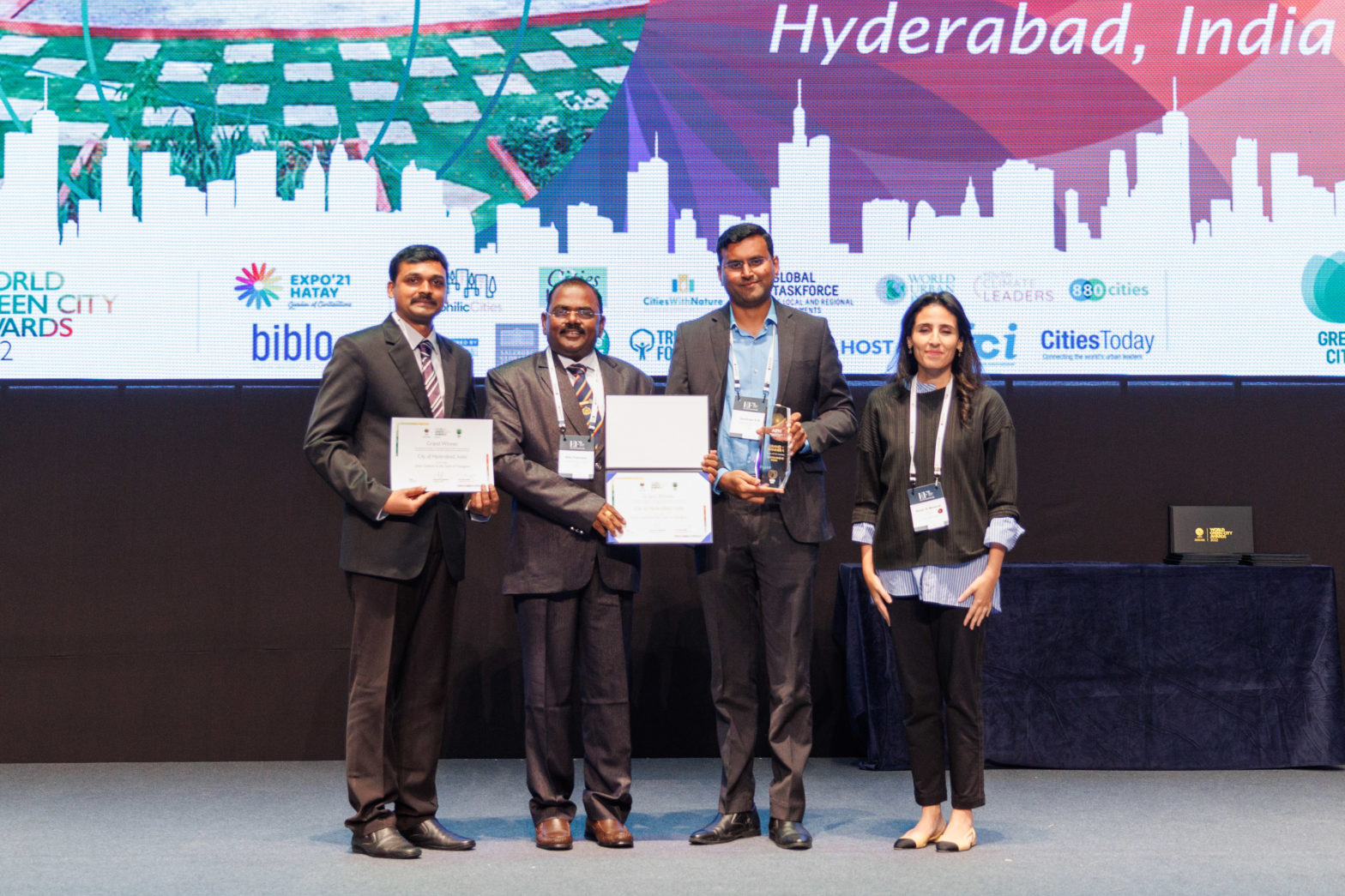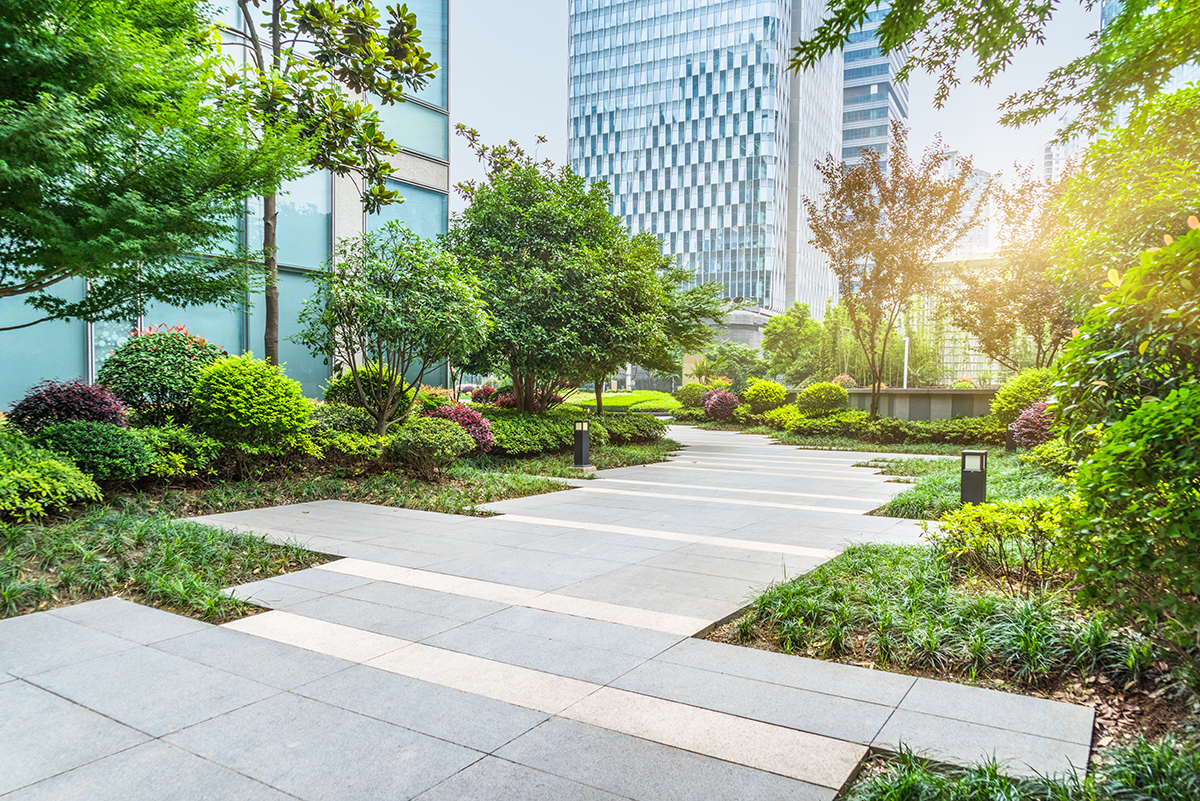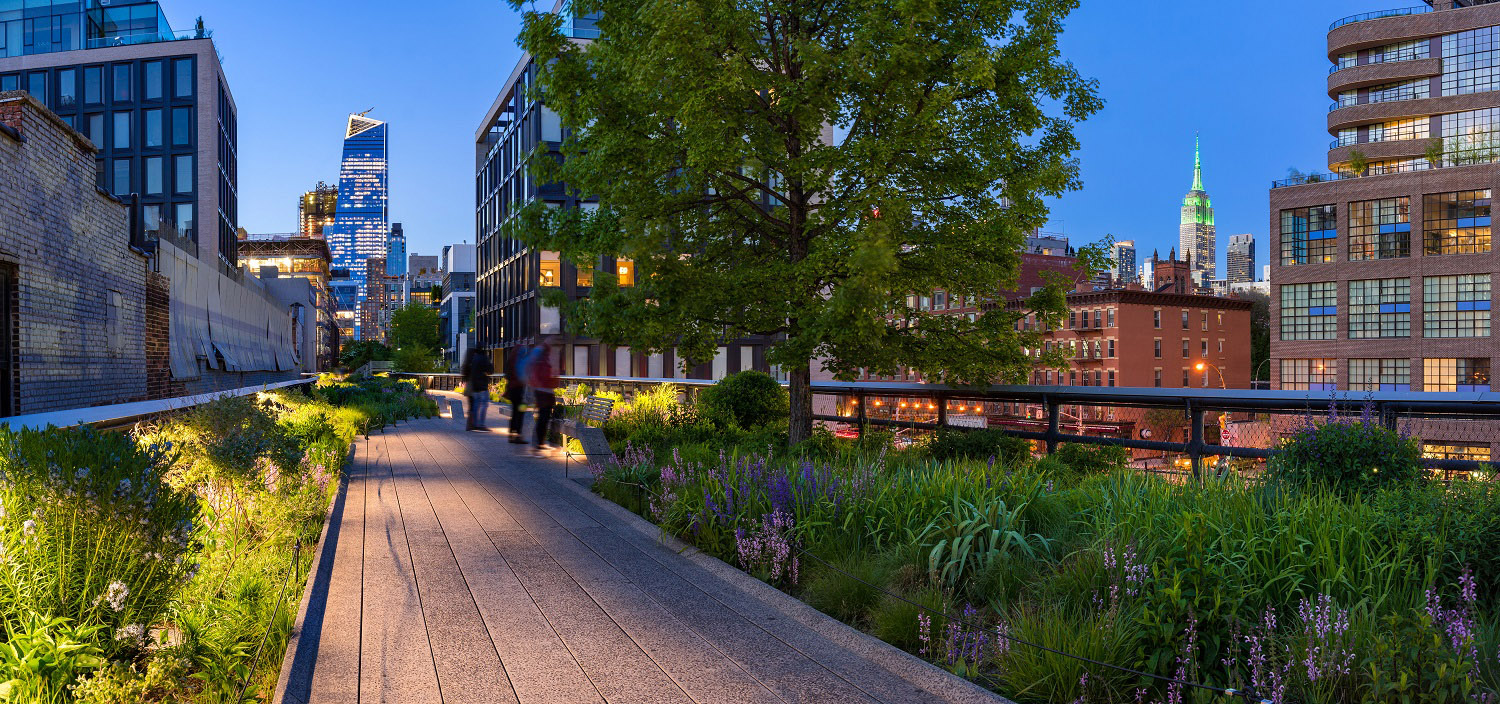
Photo: AIPH
Green Cities: a legacy for children and the youth
16 December 2022
Children and the youth face an uncertain future. Urban decision-makers and practitioners have the responsibility to reflect on the world they leave as a legacy, and they have the power to create a future with safe and equitable access to quality green spaces. Nature is increasingly recognised as being central to physical and mental health and wellbeing, and, in particular, that of children and young people.
Despite this growing evidence of the multiple benefits of nature, too many children and youth still do not have sufficient opportunities to explore, play, and experience the wonders of nature.
Children that grow up in nature-rich environments have better mental and physical health, better social and cognitive skills, greater creativity, and achieve higher academic performance. A connection to nature encourages young people to respect and protect biodiversity and engage in actions to mitigate climate change. This is the essence of the Salzburg Statement for Greening School Grounds and Outdoor Learning, in which AIPH was integrally involved in developing through representation by AIPH Technical Adviser, Dr Audrey Timm. The Salzburg Statement is supported by the Children and Nature Network and has been translated into other languages.
With a two-fold intention, the Salzburg Statement is a call to action to global leaders and practitioners to “ensure that all children and communities have access to green school grounds and outdoor learning”. The call to action strives to nurture a global shift in curriculum content and teaching methods that brings nature into everyday learning practice. It has the additional purpose of promoting and popularising the concept of greening school grounds to address climate change and the loss of biodiversity in cities and engage the wider community to support and use green school grounds. To contribute to the success of the Salzburg Statement, AIPH hopes to lead on a global project to research and collate current knowledge with the aim of developing a framework for design and use of green schoolgrounds that fulfils outdoor learning and play objectives and delivers climate resilience to engaged city communities.
Practical examples of ways in which school grounds can be redesigned to create cool islands both for children and for shelter for the community during excessive heatwaves are showcased in the OASIS Schoolyard programme in Paris. This programme was the winner of the Living Green for Social Cohesion category in the AIPH World Green City Awards 2022.
The benefits of creating a connection with nature in urban areas is not limited to childhood. Time spent in environments with plants and nature continues to provide multiple benefits into adulthood. AIPH team member Dr Francesca Boyd examined the opportunities for university students to access nature through intervention and green infrastructure on university campus spaces. Here, nature provides a population-level intervention offering wellbeing benefits which can reduce common mental health issues such as anxiety and depression. Population-level health interventions are policies or programmes that shift the distribution of health risk by addressing underlying social, economic and environmental conditions. With the mental health of university students as a priority, this study explored the viability of introducing novel nature-based interventions into the university environment. It found that engaging young adults with nature facilitated improved social, health and academic outcomes.
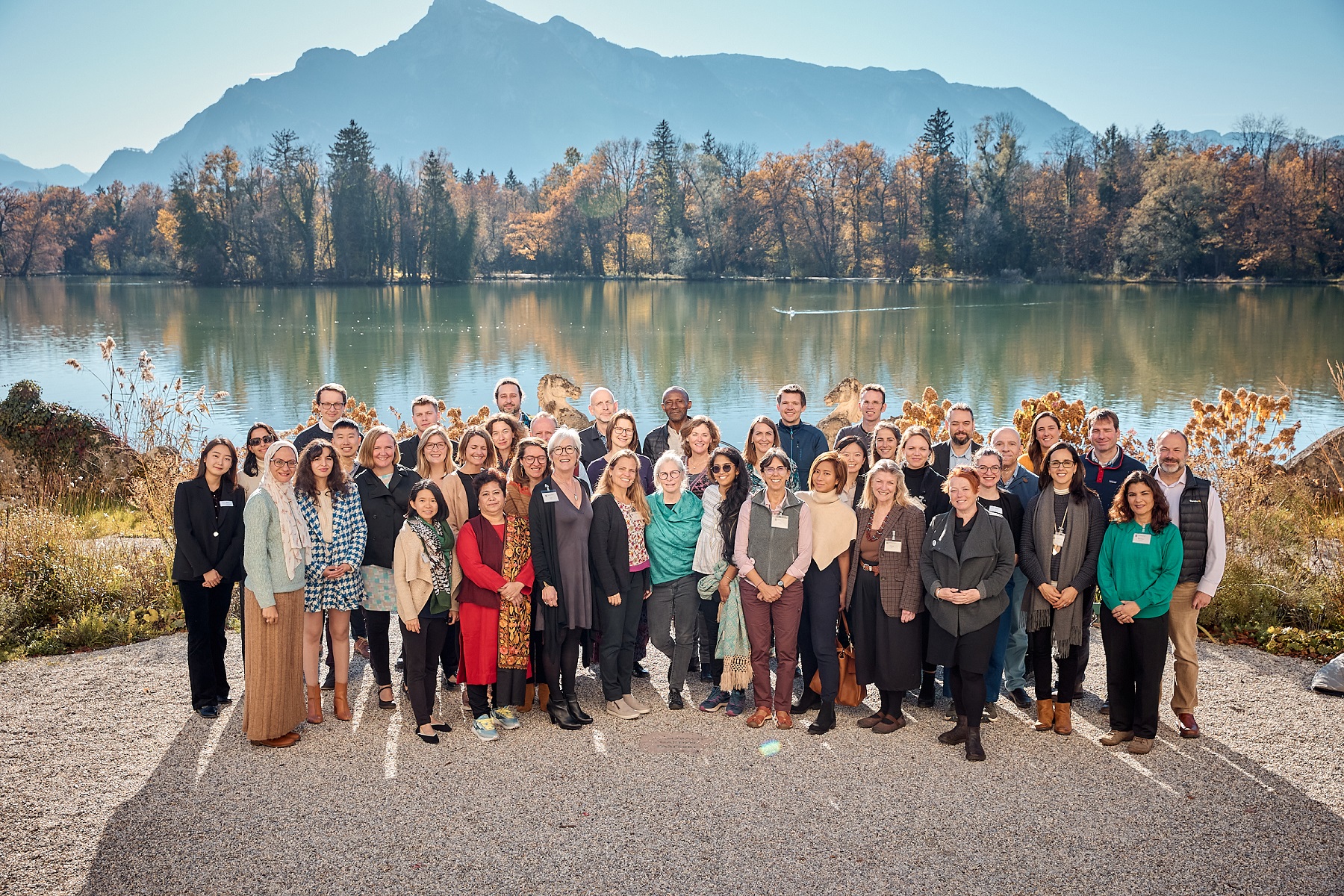
In promoting a legacy of green cities for future generations, AIPH is also passionate about strengthening engagement with young people who are the leaders of tomorrow. The AIPH Green City programme welcomes the voice of the youth to a shared vision of inspiring a global movement for greener cities. AIPH and the Global Youth Biodiversity Network (GYBN) recently announced a partnership to launch a new Youth Award for the 2024 edition of the AIPH World Green City Awards. A youth jury lead by GYBN will select from the 18 finalists in the AIPH World Green City Awards 2024 the top entry most likely to inspire the youth and fulfill their needs for a secure, healthy future. This announcement was made on 6 December 2022 at the Youth Summit in Montréal ahead of the 15th Conference of the Parties (COP 15) to the UN Convention on Biological Diversity (CBD), where world leaders gathered to negotiate and adopt the Post-2020 Global Biodiversity Framework at what is sure to be an historic moment for the history of our planet: the “Paris moment for nature.”
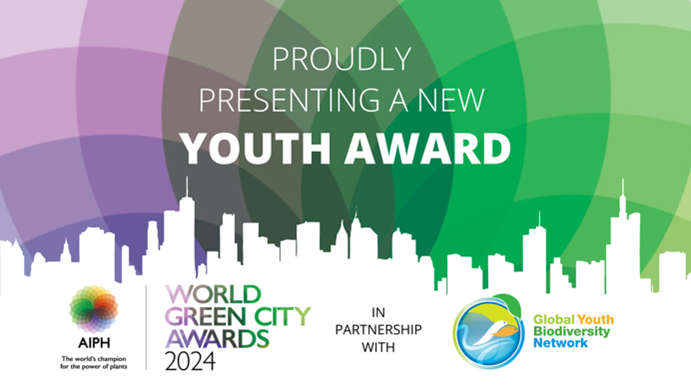 “The loss of nature is one of the greatest challenges of our time. How we act now to halt this loss will determine what future today’s youth will enjoy tomorrow. We are proud to be initiating the Youth Award with AIPH in demonstration of how the youth are critical to shaping the global movement for greener cities. It is, after all, these cities which the youth will inherit and continue to transform in the future,” said Swetha Stotra Bhashyam, Global South Focal Point, GYBN.
“The loss of nature is one of the greatest challenges of our time. How we act now to halt this loss will determine what future today’s youth will enjoy tomorrow. We are proud to be initiating the Youth Award with AIPH in demonstration of how the youth are critical to shaping the global movement for greener cities. It is, after all, these cities which the youth will inherit and continue to transform in the future,” said Swetha Stotra Bhashyam, Global South Focal Point, GYBN.
AIPH, GYBN, and the growing network of partners that comprise AIPH’s Green City network invite all cities, large and small, to register their interest in entering the 2024 edition of the AIPH World Green City Awards. In doing so, cities will demonstrate their ambitious commitments to nature by showcasing the action they are taking to protect, conserve, and restore the ecosystems which not only underpin our current livelihoods, but which are also essential in safeguarding a just, clean, and healthy environment within which the youth can live and thrive well into the future.
Children and youth are central to the creation of our collective future. Building greener cities is a legacy we can, and must, leave behind for future generations.
Brought to you by:



